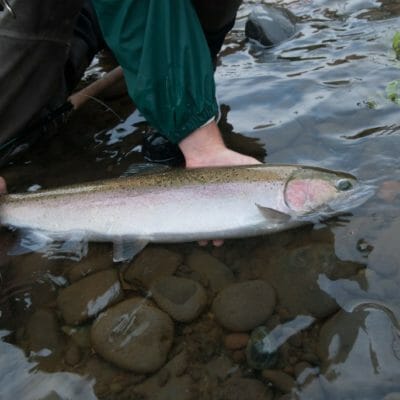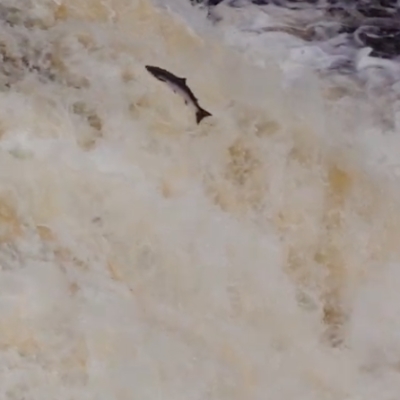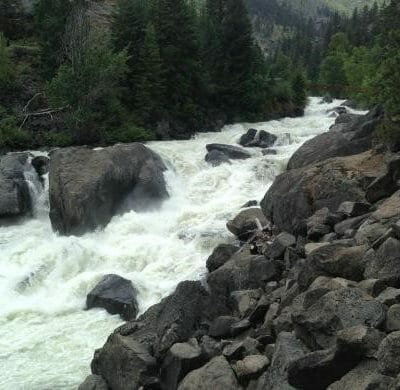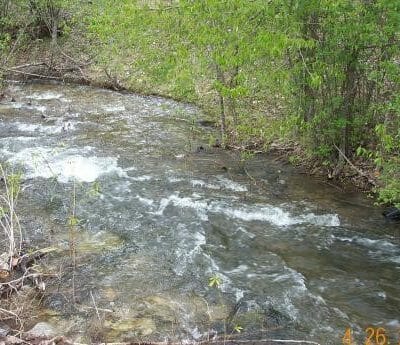The goal of Trout Unlimited’s Chewuch River Permanent Instream Flow Project is to reduce the effects of irrigation withdrawals on late summer through winter low-flows in the lower eight miles of the Chewuch River.
Most of us working on behalf of wild steelhead love our jobs. Still, after a long week we are ready to hit the water — and share some more steelhead knowledge. This week we touch on a study conducted by Andrew Brown at the University of Washington, along with several co-authors. The paper can be…
This year is the International Year of the Salmon, and it couldn’t have come too soon. Wild salmon the world over are in peril—once plentiful stocks are dwindling in both the Atlantic and Pacific oceans. Dams block migration. Proposed industrial development, like the Pebble Mine in Alaska, threaten intact populations. Pollution, salmon-farm escapees and disease…
Trout Unlimited’s Pioneer Pump Exchange Project improves instream flow in the lower Wenatchee River to improve passage and decrease critical temperature barriers at the confluence with the Columbia and Wenatchee Rivers.
le Creek is the largest tributary of the Wenatchee River subbasin – a tributary to the Columbia River.
Roaring Creek is a critical perennial tributary in the Lower Entiat River, Upper Columbia Sub-Basin, in Washington. Trout Unlimited aims to improve production of listed steelhead and bull trout in the Entiat basin, and the Roaring Creek Project has multiple objectives to further this goal. Roaring Creek is currently one of the few productive tributaries…
U.S. Rep. Mike Simpson addresses the crowd at an Andrus Center conference in Boise. Photo by Chris Wood. This week in Boise, the Andrus Center for Public Policy is presenting an important conference: “Energy, Salmon, Agriculture, and Community: Can We Come Together?” TU President and CEO Chris Wood is there, and he’ll speak as part…








